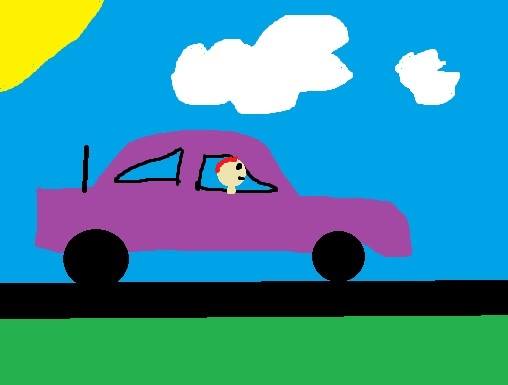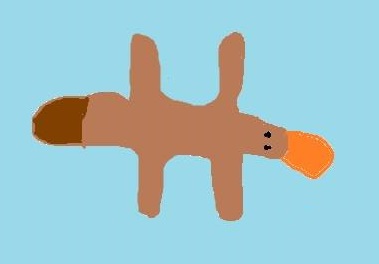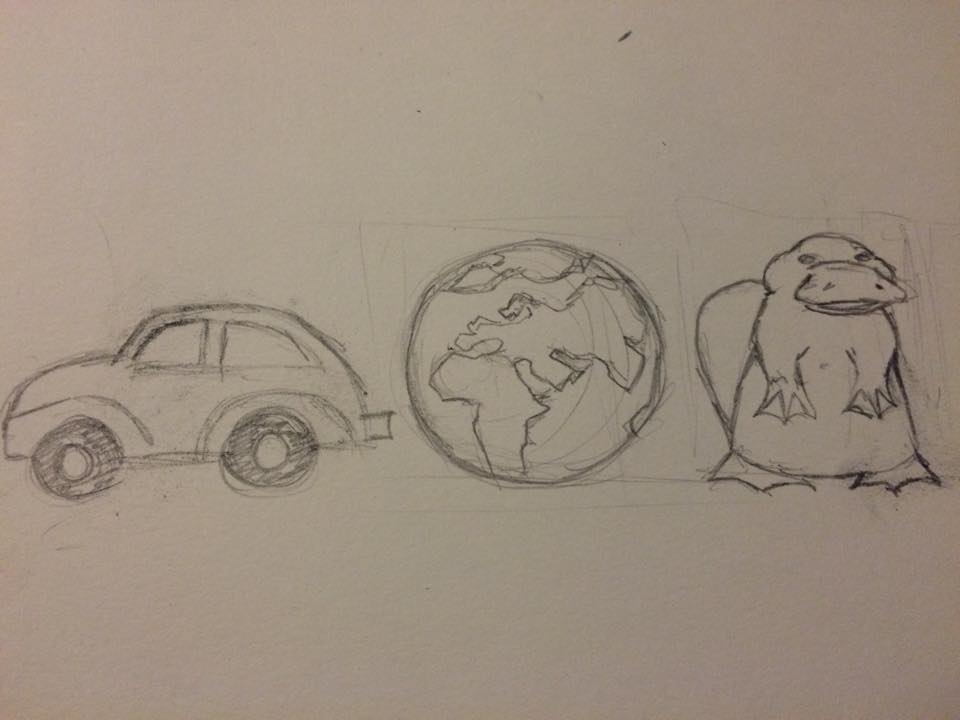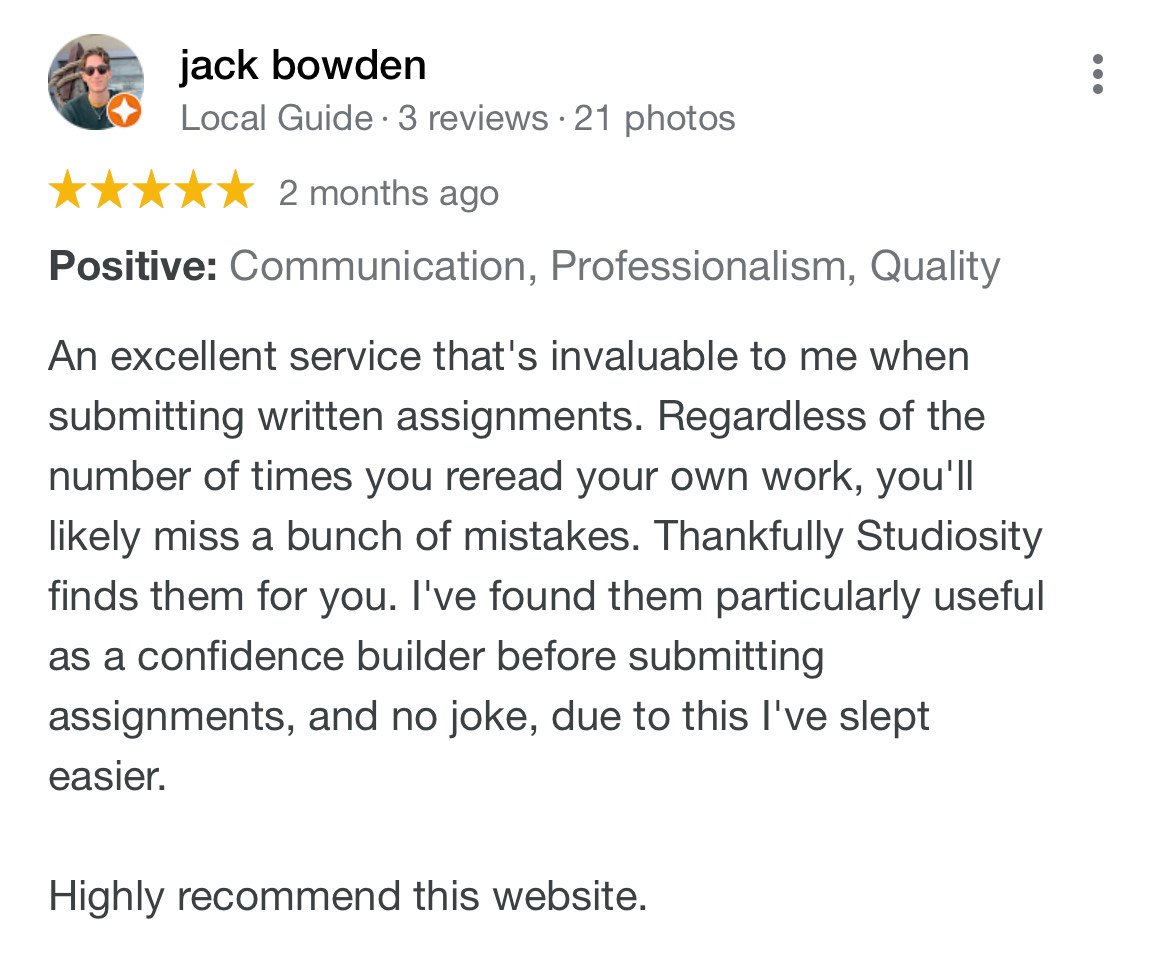I tutored maths for a few years, and there were two basic skills I wished every high school student had nailed down.
The first is the ability to quickly and correctly arrange an algebraic equation; it’s just too useful, and can save a lot of time on exams.The second is the ability to spot a wrong answer. There’s nothing more frustrating than seeing a student finish an exam with 10 minutes to go, and knowing they have some mistakes on their paper, if only they knew how to find them.
Consider the following question:
The area of the side of a car (in meters squared) is approximated by the area under the curve:
y = -(x/2) ² + x + 2/5 between x=0.2 and x=pi.
Assuming the car is 191 centimeters wide, and the average density of a car is 220.26 kg/m3, what is the mass of the car in kilograms to two decimal places?
That’s a pretty mean looking question. I asked a friend, and after a few minutes he came up with the answer of 147,590.88kg. That’s a fair answer to a rather tricky question. Sadly however it’s wrong, and in this case it’s easy to see why; that’s way too heavy for a car. A car may reasonably be somewhere between 1,000 and 2,000kg, and his answer was 100 times too large.

My friend, David, is no better at drawing than he is at integrals.
Where did he go wrong, however? You might not be able to solve the integral, but the mistake is in plain sight, once you start looking for something that’s 100 times too big. The width of the car is given in centimeters, not meters, and hence when my friend did the comparatively easy part of the calculation, he forgot to convert the units over.

Many maths questions are written in a way that allows this kind of “reality check”, if you can keep a few numbers in your head. The Earth is about 40,000km in circumference, so the distance between Sydney and London is going to be somewhere shy of 20,000km, but definitely more than 10,000km. A cat weighs about 3kg, a brick or tile weighs about 4kg, and my kitchen scale ballparks my phone and its case at 200 grams.

For some people these estimations come naturally, for others you can pass a quiet afternoon with a bathroom scale, a tape measure and Wikipedia to build up some basic measurements about the world. This is also helpful in multiple-choice tests, allowing you to discount some answers as unlikely.

You can take this general approach, and tailor it to closer match the style you find in exam papers. If you’re having trouble with parabolas and geometry, learning the basic shapes of curves can make your life easier. Take the graph of y = -(x/2)2 + x + 2/5 from earlier. The x2 term is going to be negative, so it’s going to be upside down, and will have an intercept at y = 2/3.
None of these ideas are terribly useful for solving a question, but they should at least help you make use of any time at the end of exams.

In drawing, as in maths, keep an eye on reality, and practice makes perfect!
Alex's note: Hooray for Wolfram Alpha
Alex's note 2: The bad drawings by David Hodge. The good ones by Mel Baron
If you're still finding mistakes in your work and can't work out why, have a chat with one of our Specialists who can help you find better ways of working.






